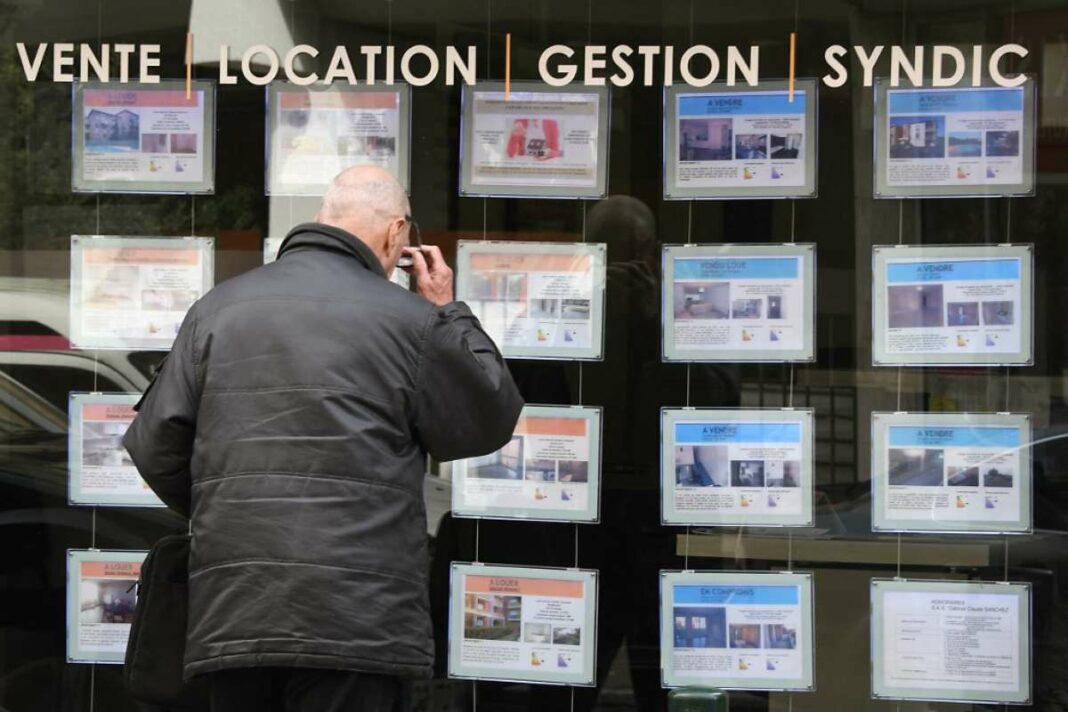Real estate agencies are observing signs of market improvement, yet remain cautious due to a fragile recovery following a challenging period. Sales have increased modestly, with some agencies reporting rises in transactions. Average property prices have slightly declined, yet first-time buyers still face hurdles. Experts express optimism for 2025, predicting a potential uptick in demand, while cautioning that rising prices could hinder recovery. The overall sentiment balances hope with a need for vigilance amid ongoing economic uncertainties.
Real Estate Market Recovery: Signs of Hope Amid Caution
Real estate agencies are starting to notice a ‘brightening’ in the market, with some ‘encouraging signs’ emerging. However, they remain cautious due to the ‘fragile’ nature of this recovery. The old real estate sector faced significant challenges at the end of 2024, following two tumultuous years marked by declining prices and falling transaction numbers. This period of adjustment has paved the way for a tentative recovery, as indicated by industry professionals. After a particularly challenging 2023 and a difficult first half of 2024, real estate transactions have picked up over the last four months, as reported by multiple real estate agency networks.
Transaction Trends and Market Outlook
The Century 21 agency network reported a 2.8% increase in sales of homes and apartments last year, while Orpi experienced a notable 12% rise, and Laforêt saw a 7% increase. The National Federation of Real Estate (Fnaim) tallied 774,000 transactions by the end of October 2024, marking an 11% decrease from the previous year. Despite this ‘historic low point’, Fnaim noted ‘encouraging signs of stabilization’ within the market. Laforêt also observed a boost in buyer intentions, with an 11% rise in inquiries documented for 2024.
Yann Jéhanno, president of Laforêt, mentioned that a mix of ‘lower interest rates, decreasing prices, and greater negotiation flexibility’ is contributing to these positive indicators, although he acknowledges that ‘not all signals are green’. Guillaume Martinaud, president of Orpi, confirmed a ‘welcome brightening’ at the end of 2024 but emphasized the need for caution as the recovery remains delicate.
In terms of pricing, Fnaim reported a modest decline of 0.8% in the average price per square meter across France in 2024, a slight improvement from the significant decrease of 4.1% in 2023. Orpi indicated that prices per square meter have dropped by 5% nationally, while Laforêt reported a 3.6% decline. Century 21 noted a 3.8% drop for houses and a 0.7% decline for apartments.
The rise in real estate prices had gained momentum since 2020, largely due to increased demand for homes following Covid-19 lockdowns. However, the increase in interest rates in the spring of 2022 brought this upward trend to a halt. Over the past two years, the average price per square meter for houses fell by 5.6%, and by 4.1% for apartments, according to Century 21, which also noted that buyers are increasingly opting for smaller properties due to budget constraints.
Charles Marinakis, president of Century 21, referred to the current market conditions as ‘a necessary evil’, acknowledging price declines while expressing optimism that ‘the machine is getting back on track’ as affordability improves. The SeLoger-Meilleurs Agents real estate barometer reported a slight increase in prices of 0.4% for 2024.
First-time buyers, who some agencies have observed returning to the market since September, are facing challenges in providing adequate personal contributions, representing only a third of transactions, according to Laforêt. Meanwhile, rental investors have become less active in the older real estate sector, as indicated by both Century 21 and Laforêt.
Looking ahead to 2025, SeLoger-Meilleurs Agents is optimistic, suggesting that ‘the market should reach a tipping point in the spring’ with a potential revival in demand likely to boost sales. Conversely, Fnaim urges caution, stating that ‘the recovery of the market will hinge on various factors, including interest rate trends, geopolitical developments, and forthcoming political decisions.’
Charles Marinakis warns that the ‘real enemy’ of the market’s recovery would be a resurgence in prices. He believes that if prices increase ‘beyond 3%’, the market could face another blockage. Guillaume Martinaud from Orpi echoes this sentiment, advocating for continued educational efforts to prevent sellers from inflating prices. He hopes for a price decrease of 7% to 8% and asserts that ‘we are only halfway there’; a price recovery at this stage could undermine the current positive momentum.
